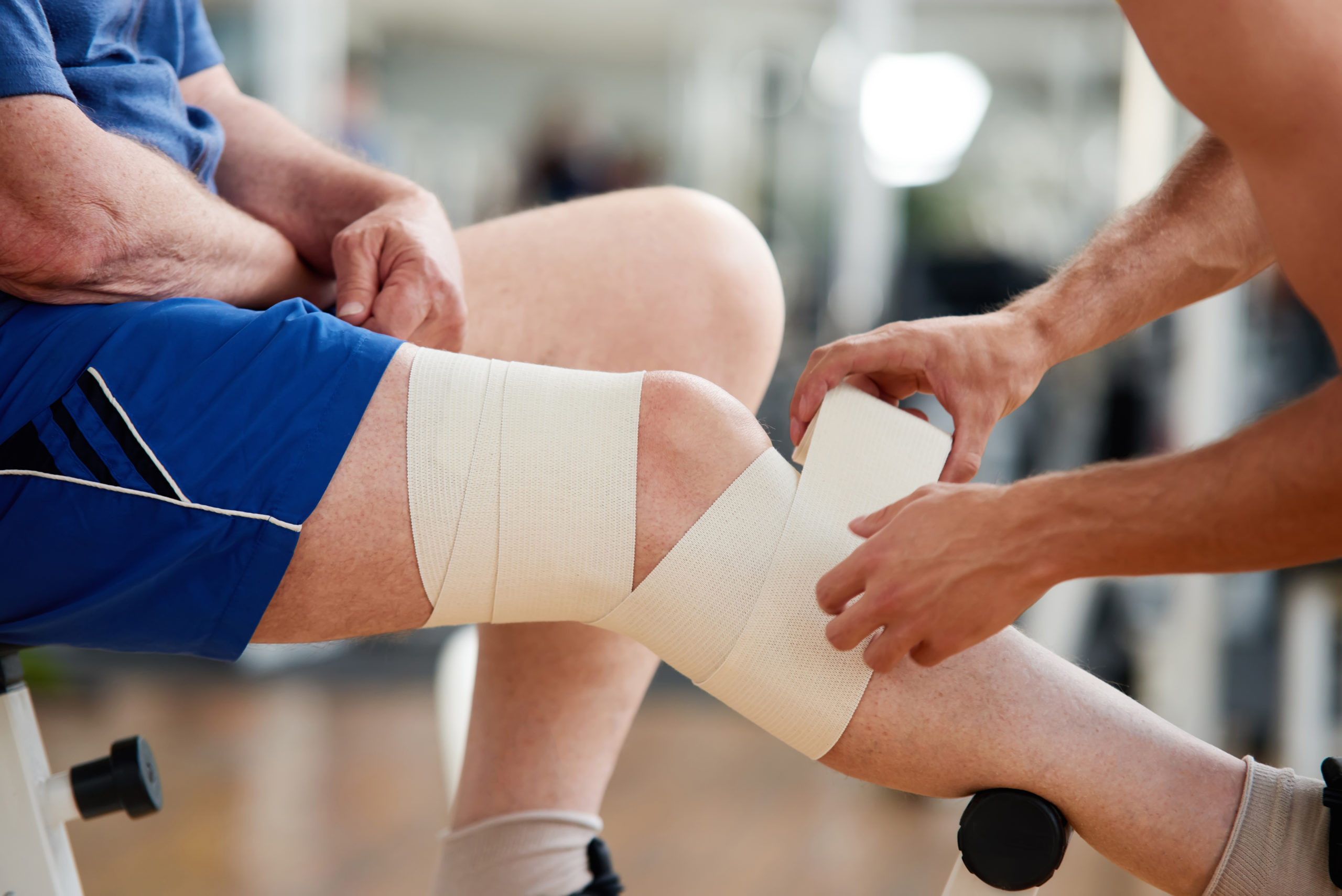In a perfect world, student-athletes would always be able to play safely without the risk of a sports-related injury. Unfortunately, that’s not the case. And, athletic trainers like you are faced with bumps, bruises, sprains, strains, and other injuries that come from leaving it all behind on the field or court.
Although your priority is always the immediate health and safety of the student-athletes you treat, you also have a responsibility to ensure that they receive medical attention without causing undue financial strain on your school or their family. What you do as the athletic trainer to prepare your student-athlete to receive treatment can influence successful healing and keep the cost of care in check.
A-G Administrators Makes Sports Injury Claims Easy
If one of your student-athletes sustains a sports-related injury that requires outside medical attention, managing the insurance claims process can be challenging. As sports insurance specialists, A-G Administrators is committed to streamlining the process for athletic department directors, trainers, parents, and athletes. As the national leader in innovative sports and special risk accident medical insurance, they are here to help you keep costs in check and your athletes out on the field.
The Five Steps Athletic Trainers Can Prepare Student-Athletes for Sports Injury Treatment
 Having an athletic trainer available during practices, conditioning sessions, and games is associated with fewer and less severe injuries. For example, a study of schools in Wisconsin revealed that when student-athletes don’t have access to athletic trainers, they are less likely to have sports-related concussions properly diagnosed and treated. In many cases, student-athletes had to wait longer for treatment and returned to school and sports sooner and without proper clearance.
Having an athletic trainer available during practices, conditioning sessions, and games is associated with fewer and less severe injuries. For example, a study of schools in Wisconsin revealed that when student-athletes don’t have access to athletic trainers, they are less likely to have sports-related concussions properly diagnosed and treated. In many cases, student-athletes had to wait longer for treatment and returned to school and sports sooner and without proper clearance.
And, Wisconsin student-athletes aren’t alone. Similar studies in other states revealed that without prompt intervention, the cost of care goes up—as does the risk of complications.
That’s why it’s so important for athletic trainers to follow the correct protocol for managing student injuries and take the correct steps to prepare student-athletes for treatment. Although individual school policies and protocols can vary, here are the five critical steps an athletic trainer should take to ensure a positive outcome.
- Evaluate the Injury
- Administer Emergency Care
- Recommend Further Treatment
- Advise Parents and Students on Home Care
- Provide Follow-Up Care
1. Evaluate the Injury
Whenever an injury occurs, the first step must be an evaluation of the injured area by an athletic trainer. Even if you aren’t nearby (after all, you can’t be at every game or practice simultaneously) coaches and athletes should be able to reach you and have a clear understanding of the protocol for getting evaluated (and when). Remind coaches and players of the need for immediate attention and that they should never wait to report an injury.
2. Administer Emergency Care
Although many sports-related injuries are minor, some types of injuries require immediate care. Using the predetermined criteria and emergency plans of your school, administer emergency care as needed. Document the care provided and your initial evaluation of the injury.
3. Recommend Further Treatment
If the student requires further treatment, contact their parent or guardian to make the necessary recommendations (and document them.)
4. Advise Parents and Students on Home Care
Although many minor injuries can be diagnosed and treated by an athletic trainer, student-athletes and their parents should receive detailed instructions for home care and treatment. These should include instructions for when to call their doctor or head to the emergency room.
Often, student-athletes will downplay their injuries in an attempt to keep participating. Encourage parents to stay in contact with you as their child undergoes treatment to discuss any concerns. Don’t hesitate to check in with parents yourself, as well, if they do not follow instructions to visit the training room for follow-up care or evaluations.
5. Provide Follow-Up Care
Expect to be involved with athletes’ injury recovery and rehabilitation and provide guidance on future sports injury prevention. Students may require additional strengthening and conditioning exercises, functional testing, taping, or bracing after injuries to return to regular play. Supporting student-athletes in their recovery and ensuring they follow through with treatment plans can improve outcomes and reduce the cost of care.
Take the Stress Out of the Insurance Claim Process
If an injured student requires medical attention beyond what you can provide, the insurance claims process can be confusing and stressful to navigate. A-G Administrators takes the stress out of this process with EBGAR, “Everything’s Going to be Alright.” EGBAR is A-G Administrator’s proprietary claim management application that provides unparalleled simplicity and transparency of insurance claims.
To learn more about how A-G Administrators can help you take better care of your athletes, request a quote today. One of our experienced team members will help you find the perfect solution for your school’s insurance needs.

 Having an athletic trainer available during practices, conditioning sessions, and games is associated with fewer and less severe injuries. For example, a study of
Having an athletic trainer available during practices, conditioning sessions, and games is associated with fewer and less severe injuries. For example, a study of 
